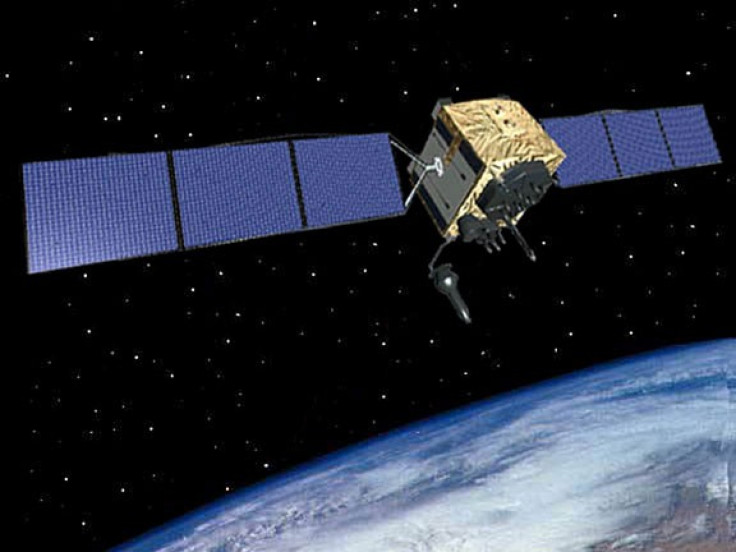Faster Flights With GPS Guided Airplanes? FAA Says Yes [VIDEO]
New Airport System to be Ready by 2015

Airports in the U.S. will see faster flights with new GPS navigation thanks to a bill allowing the FAA to spend about $11 billion on air traffic system upgrades. GPS guided airplanes can take off and land faster because of more precise navigation, and the FAA will now have until 2015 to come up with new arrival procedures at the 35 busiest airports in the nation, the Associated Press reported. Airplanes can take advantage of satellite-based navigation to approach landings at a steeper angle, and allow planes to take off and land closer together.
Even in bad weather, planes will be able to take off and land more frequently because GPS can help them figure out exactly where they are in relation to other planes and the ground. It also means fewer planes will be re-routed. Modern airplanes now depend on radio signals to tell them where they are, and eventually, they'll be using the GPS that is more precise and includes more rapid updates. Every second compared to every six to 12 seconds for radio.
The bill is the best news that the airline industry ever had, Sen. Jay Rockefeller, D-W.Va., said.
It will take us into a new era.
The bill also authorizes more unmanned drones to fly over non-military airspace, however. In the next nine months, the FAA is to submit a plan on how to safely provide drones with expanded access to the airspace once reserved for commercial and private aircraft. The entire package is worth $63 billion, and that includes the FAA's switch to the NextGen GPS system. It should make for faster flights using less fuel and more efficient airports. Check out the FAA video below for a bit more about the system. Tell us in the comments if you think our planes should have adopted this technology years ago or if you are afraid of flying.
© Copyright IBTimes 2024. All rights reserved.











